Technological Advancements
The Hvac Air Ducts Market is witnessing a transformation due to rapid technological advancements. Innovations such as smart air duct systems, which integrate IoT technology, are becoming increasingly prevalent. These systems allow for real-time monitoring and control of air flow, enhancing energy efficiency and user comfort. In 2025, the market for smart HVAC solutions is expected to grow significantly, with air ducts playing a crucial role in this evolution. As consumers become more tech-savvy, the demand for advanced duct systems that offer improved performance and connectivity is likely to rise, prompting manufacturers in the Hvac Air Ducts Market to adapt accordingly.
Expansion of the HVAC Market
The Hvac Air Ducts Market is benefiting from the overall expansion of the HVAC market, which is projected to grow at a compound annual growth rate of around 6% through 2025. This growth is driven by rising consumer demand for efficient heating and cooling solutions, particularly in regions experiencing extreme weather conditions. As HVAC systems become more prevalent, the need for effective air duct systems to support these installations becomes increasingly critical. Manufacturers in the Hvac Air Ducts Market are expected to capitalize on this trend by offering a diverse range of products that cater to various applications and customer preferences.
Energy Efficiency Regulations
The Hvac Air Ducts Market is significantly influenced by stringent energy efficiency regulations being implemented worldwide. Governments are increasingly mandating higher efficiency standards for HVAC systems, which directly impacts the design and installation of air ducts. In 2025, it is anticipated that compliance with these regulations will drive a shift towards more advanced duct materials and designs that enhance energy conservation. This trend not only helps in reducing operational costs for end-users but also aligns with global sustainability goals. As a result, companies within the Hvac Air Ducts Market are likely to invest in research and development to create products that meet these regulatory requirements.
Rising Construction Activities
The Hvac Air Ducts Market is experiencing a surge in demand due to increasing construction activities across various sectors. As urbanization accelerates, the need for efficient heating, ventilation, and air conditioning systems becomes paramount. In 2025, the construction sector is projected to grow by approximately 5%, leading to a heightened requirement for air duct systems. This growth is driven by both residential and commercial projects, where effective air distribution is essential for maintaining indoor air quality. Consequently, manufacturers in the Hvac Air Ducts Market are likely to innovate and expand their product offerings to meet the evolving needs of builders and contractors.
Increased Awareness of Indoor Air Quality
The Hvac Air Ducts Market is being propelled by a growing awareness of indoor air quality among consumers and businesses alike. As health concerns related to air pollution and allergens gain prominence, there is a heightened focus on ensuring clean and safe indoor environments. In 2025, it is projected that the demand for air duct systems that facilitate better air filtration and circulation will increase. This trend is particularly evident in commercial spaces, where maintaining air quality is critical for employee productivity and health. Consequently, manufacturers in the Hvac Air Ducts Market are likely to prioritize the development of duct systems that enhance air quality and meet consumer expectations.


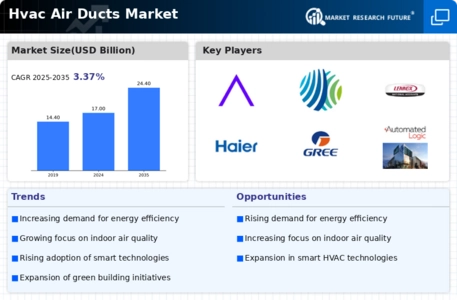
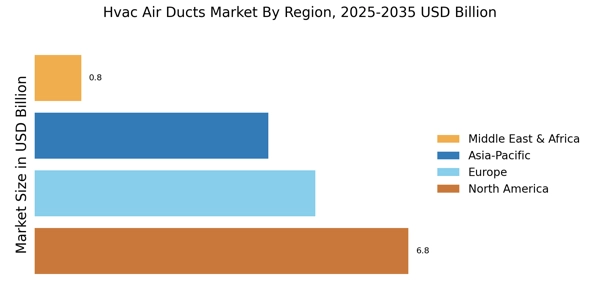
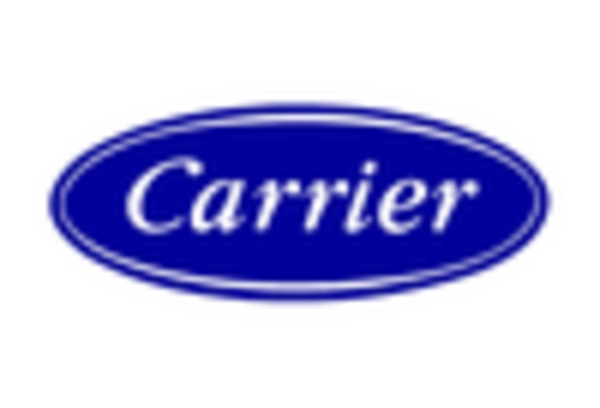
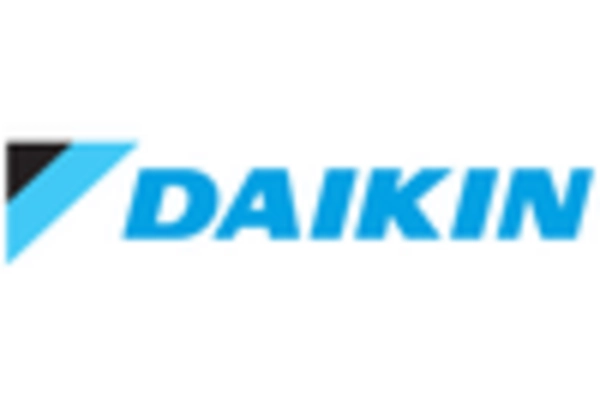
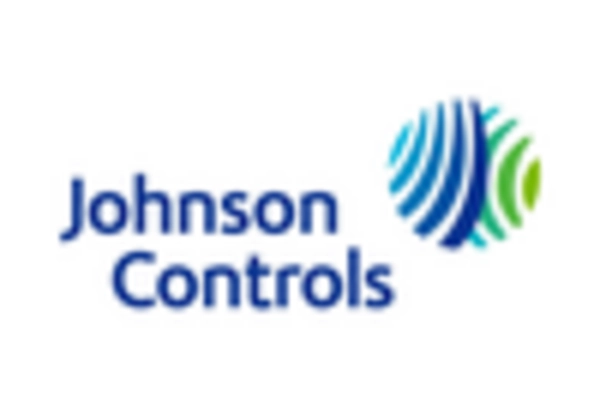
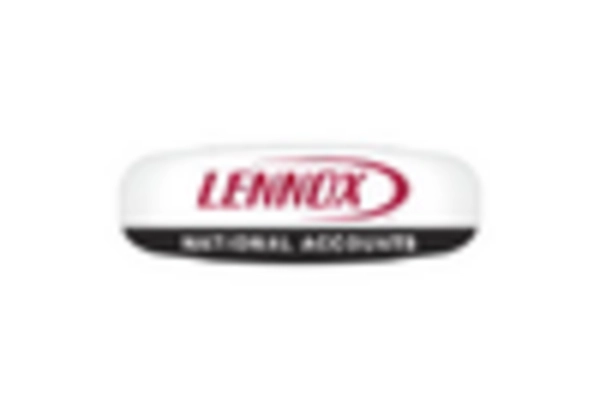
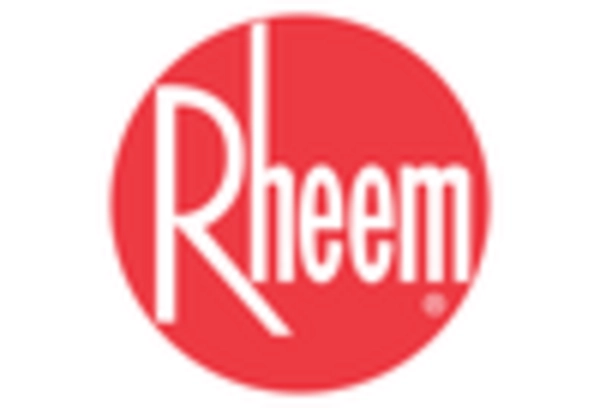









Leave a Comment